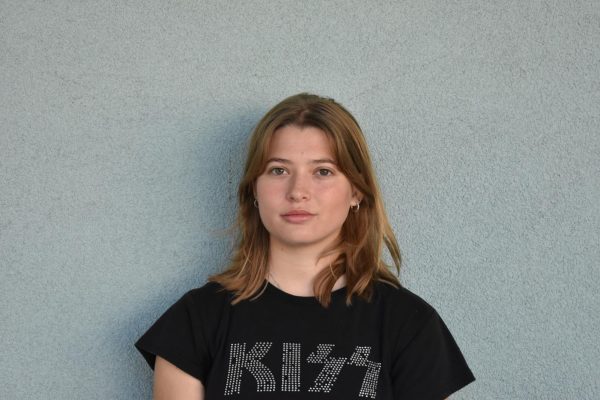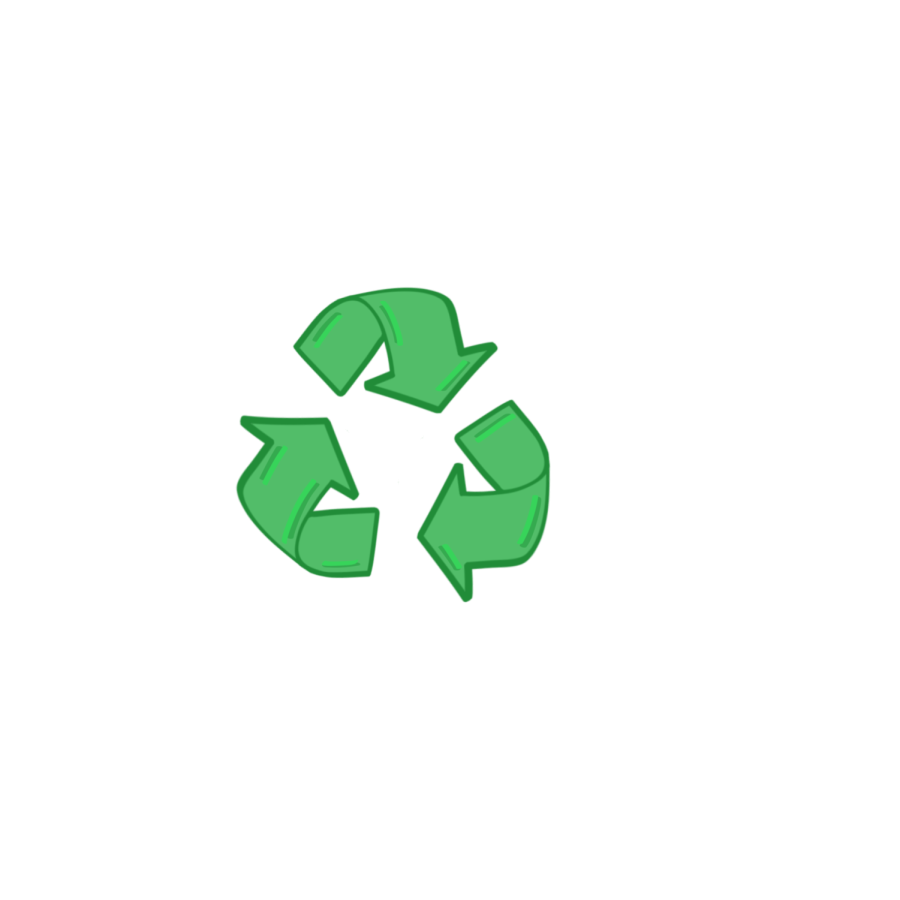City of Palo Alto, Student Groups Partner to Reduce CO2 Emissions
As the climate crisis grows more drastic by the day, both the City of Palo Alto and student-led groups around the area are continuing their plans to lead the community toward a more sustainable future. The City of Palo Alto has been a trendsetter in pushing sustainability goals. In 2016, the City of Palo Alto introduced the first draft its Sustainability Goals and Climate Action Plan (S/CAP) in order to help combat
the changing climate. This first version was implemented to help the city achieve its goal of reducing greenhouse gas emissions by 80% from what they were in 1990 by 2030. The action plan has been separated into five principles—energy, mobility, electric vehicles, water and climate—each aimed at boosting sustainability and lowering emissions.
The S/CAP was created by and is continually updated by the city’s climate council. In January of 2022, students across multiple high schools in the area created the Palo Alto Student Climate Coalition [PASCC], which meets with city council members on a weekly basis to keep them updated on student opinions and perspectives.
Senior Katie Rueff is one of the founding members of PASCC. The group is currently pushing to help lower emissions within residents’ homes. “Specifically, right now, we’re working on electrification,” she said. “This is the process of turning gas powered appliances into electric appliances. The goal is to get people’s homes to have electric powered AC, heating, washers, dryers and especially stove tops.”
Rueff has always taken an interest in helping fight the climate crisis. Part of her motivation to start the student coalition to try to raise more
community involvement on a local scale.“I’ve been working within different climate change organizations for a really long time and I noticed
significant barriers to entry for people to get involved in the climate crisis,” she said. “I think everyone should get involved. In the past [on the
coalition] we have had many different people involved: people in sports, Student Executive Council, theater [and] people across different
boundaries that you wouldn’t normally think of as [having] anything to do with climate change.”
So far, the city has made progress in meeting its goal; in 2020, Palo Alto emitted an estimated 385,320 metric tons of carbon dioxide equivalent(MT CO2e) from the residential, commercial, industrial, transportation, waste, water and municipal sectors. In comparison to the 1990 base year of 780,119 MT CO2e, this is a 50.6% decrease in total community emissions, according to the city’s utilities website. However, the city is still falling short of being on track for the 80/30 goal.
Rueff recognizes the challenges the city faces and believes that PASCC is a bridge into generating more awareness to the issues. “I know that many of the city council members are trying their hardest to get updates passed,” she said.“They’re just working on a limited budget, limited
resource allocation and also the fact that they need to be re-elected. The main issue I would say is the lack of community engagement within
these goals.”
To combat the challenge of awareness, Rueff created something separate from the city’s goals:The Cloud Project, an organization founded by
students centered around educating Palo Alto kids on current climate issues. Rueff believes that by educating a younger audience on these issues, the next generation will be better equipped to handle what’s to come in the future. “I came to believe that ignorance breeds fear,” she said.“By educating people, especially from a younger age, before they can fall into a trap of fear, [it] will help them be better and learn to take action in a reasonable manner against climate change.”
For Rueff, the most important part of working on these projects is trying to get more public support involved with the crisis. “I found that,
no matter where you come from, and what your interests are, there’s a place for you in the fight
against climate change,” she said. “There’s so many ways to weave it into whatever job you want to pursue in the future.”
Senior Anna Stine-Unchino is another member of The Cloud Project and PASCC, who focuses specifically on marketing and creating workshops. Stine-Unchino believes the goal is for kids to learn and also engage with the material being taught to them. “A lot of climate education is about how we’re harming the world, and how we’re doing so many horrible things to it,” she said. “But I think another way you could think about it is how you can inspire others to see that there is a possible way to make change, and that helps get people interested.”
Stine-Unchino would still encourage kids to have their own interests and passions—whether that be related to climate policy or be entirely
separate. “I want kids to be interested in their own passions, like soccer, tennis, painting or drawing,” she said. “But [I also want them to] be
aware [of] how our hobbies and passions relate to climate change.”
Stine-Uchino hopes that in terms of the greater community, everyone will try to fight the climate crisis in whatever way they are capable.“In terms of climate policy, we tend to think about it in a very global sense that we are exposed to the
fact that weather is going to change,” she said. “I think trying to get a localized understanding of what’s happening in your city and in your own town, can actually contribute a lot more than most people think.”
Your donation will support the student journalists of Henry M. Gunn High School. Your contribution will allow us to purchase equipment and cover our annual website hosting costs.

Katie LaWer is a senior and sports editor for The Oracle. In her free time, Katie enjoys reading, listening to music and playing soccer.


